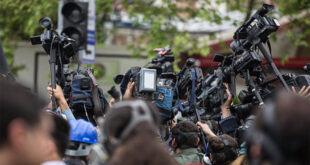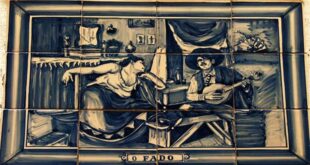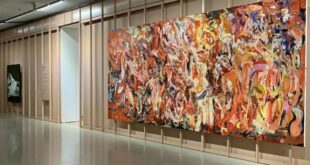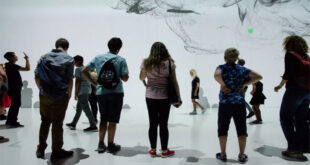Ethical breaches in Indonesian journalism are on the rise, signaling a concerning trend in moral conduct among journalists and highlighting issues in journalism education. A study aimed to develop a teaching model using local wisdom to enhance students’ understanding of journalism ethics and moral obligations. The research found that the sequential presentation of materials and the incorporation of Javanese phrases …
Read More »Culture
Gendered violence and human rights
This paper examines the intersection of gendered violence and human rights, focusing on widowhood rites in Oshimili-North Local Government Area, Delta State, Nigeria, in line with Sustainable Development Goal-5. Despite international human rights efforts, dehumanizing cultural practices persist, with widows often accepting them regardless of their education or financial status. The study emphasizes the importance of Nigerian government’s adoption of …
Read More »Inclusion and resilience strategies in traditional Portuguese music
Segue-me à Capela, a group of seven Portuguese women formed in 1999, revived traditional polyphonic singing sidelined by cultural policies during Portugal’s New State era (1933–1974). Their approach embodies feminist artivism, viewing art as a means for social transformation, and explores inclusion and resilience strategies in music, offering visibility to marginalized cultural practices. Despite the historical absence of female polyphonic …
Read More »Youth participation in cultural heritage management
The involvement of diverse stakeholders, especially marginalized groups, is essential for fostering inclusivity in cultural heritage management. Despite the importance of engaging youth, their participation remains limited due to underestimated capacities and lack of motivation. Existing research lacks a comprehensive understanding of youth participation in cultural heritage management. An integrative literature review reveals insights into defining youth roles, levels of …
Read More »Public art and private wealth
This paper explores the debate surrounding a ten-year loan agreement between the National Museum in Norway and the Fredriksen Family Art Company Limited, examining the criticism it faced upon its public disclosure in June 2019. By analyzing media coverage during the heated debate, the study investigates the underlying dynamics and reasons behind the controversy. It highlights how Norway’s cultural values …
Read More »The cultural dissonance of sustainable live music
This article examines how environmentally conscious policies pose dilemmas for musicians, conflicting with traditional values tied to extensive international touring. It introduces the concept of ‘cultural dissonance’ to illustrate this tension and suggests expanding it to understand musicians’ positions on environmentalism within the music field. Based on interviews with 57 Norwegian musicians, the study identifies three key structuring principles: professional …
Read More »Chaos Bells: Instrument size and entangled music performance
The current trend in instrument design involves shrinking physical dimensions to create smaller ‘desktop’ instruments. However, research on large interfaces, exemplified by Chaos Bells, a large digital musical instrument, explores the impact of size on music performance, providing insights into stakeholder influences on design culture and suggesting benefits for designers of instruments of all sizes. This article explores the impact …
Read More »Bodily feelings and aesthetic experience of art
Art is intrinsically connected to human emotions, serving as a powerful medium for both creation and consumption worldwide. The ability of art to evoke emotions is evident in various artworks, ranging from Edvard Munch’s “The Scream” to Gustav Klimt’s “The Kiss.” Emotions, vital for survival and decision-making, influence physiological and behavioral patterns across diverse contexts. Evolutionary models suggest a set …
Read More »The model of the theater in Descartes writings
Descartes didn’t directly address theater as an art form, but he saw it as a model for the relationship between individuals and their emotions. Being a spectator allows us to engage with representations of passions without succumbing to their direct effects. Theater, though not symbolizing the world, serves as a powerful example of intense emotional engagement while maintaining a necessary …
Read More »American Independent Cinema in the Age of Convergence
Introduction: This essay explores the evolution of American independent cinema since the late 1980s, employing the concept of media convergence as popularized by recent studies (Jenkins, 2006; Dwyer, 2010) to gain insight. Dwyer characterizes convergence as a “new media ideology,” facilitating neoliberal global market operations, with media owners expanding output across platforms to capture a growing market share due to …
Read More » Canadian Academy Discover, Publish, Thrive
Canadian Academy Discover, Publish, Thrive









